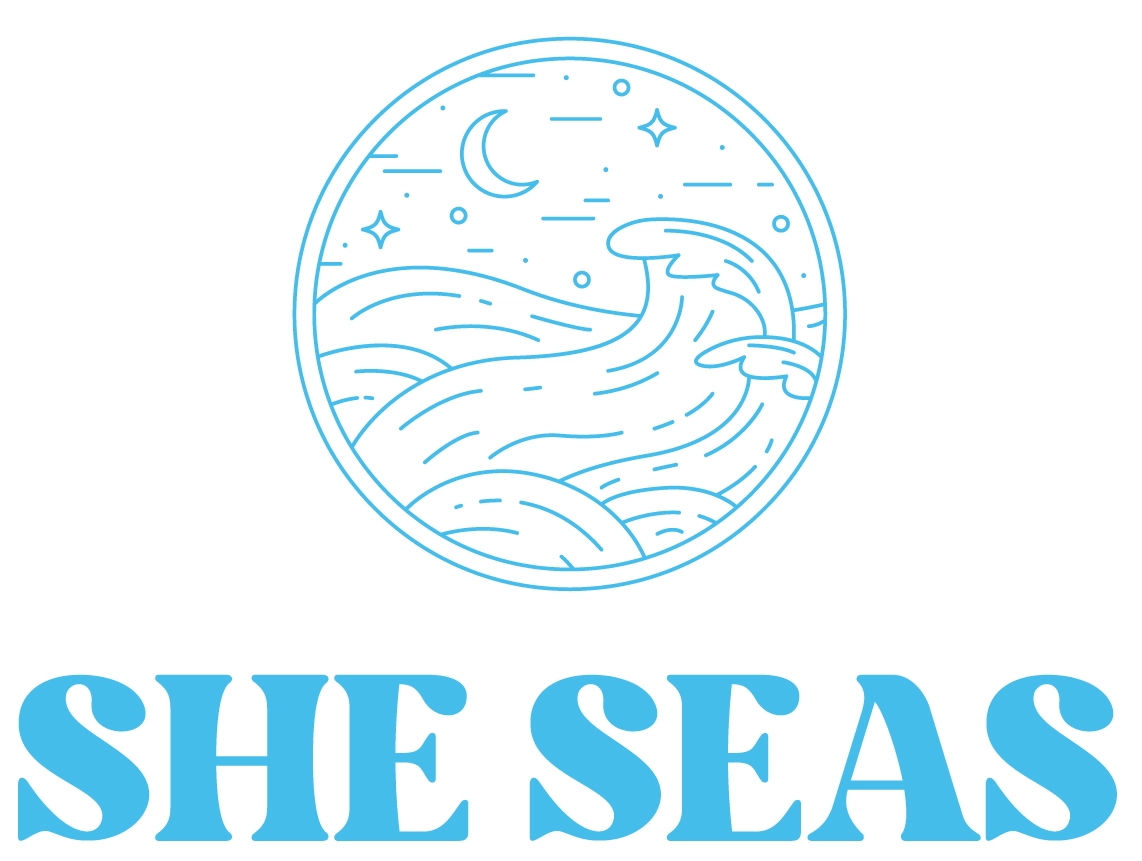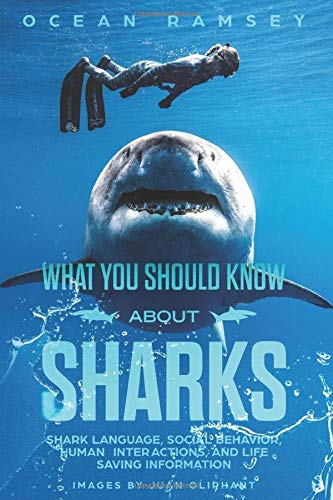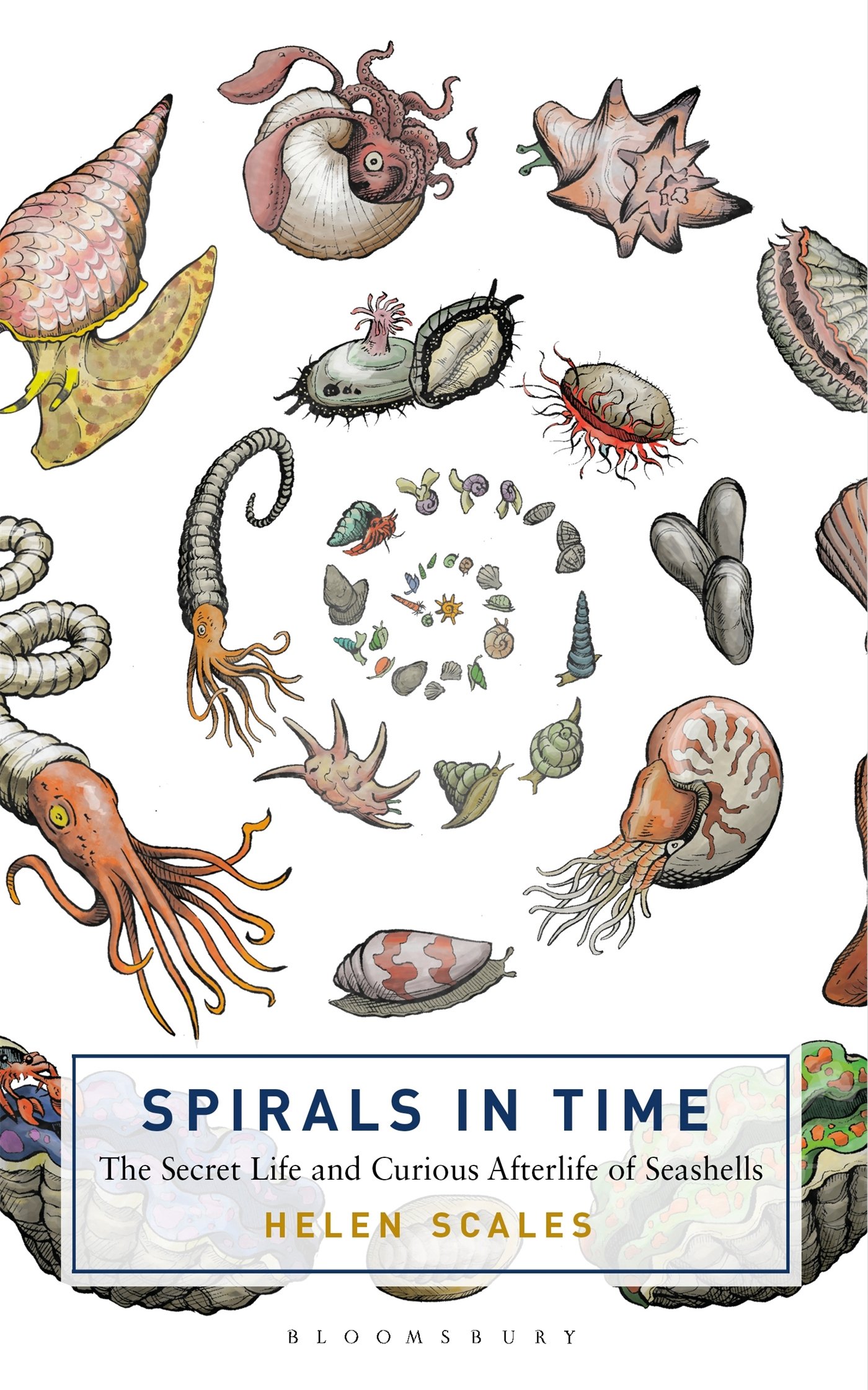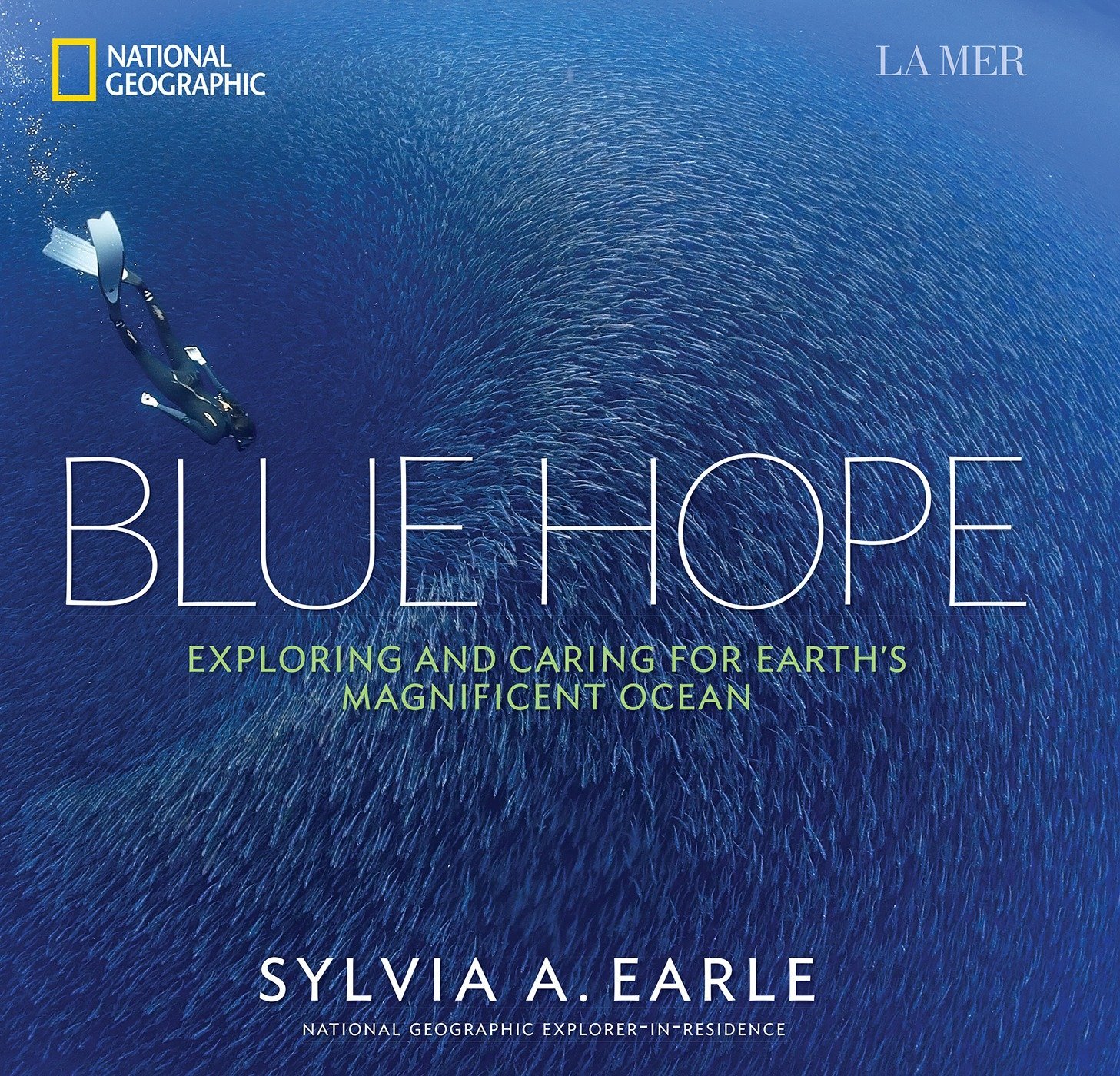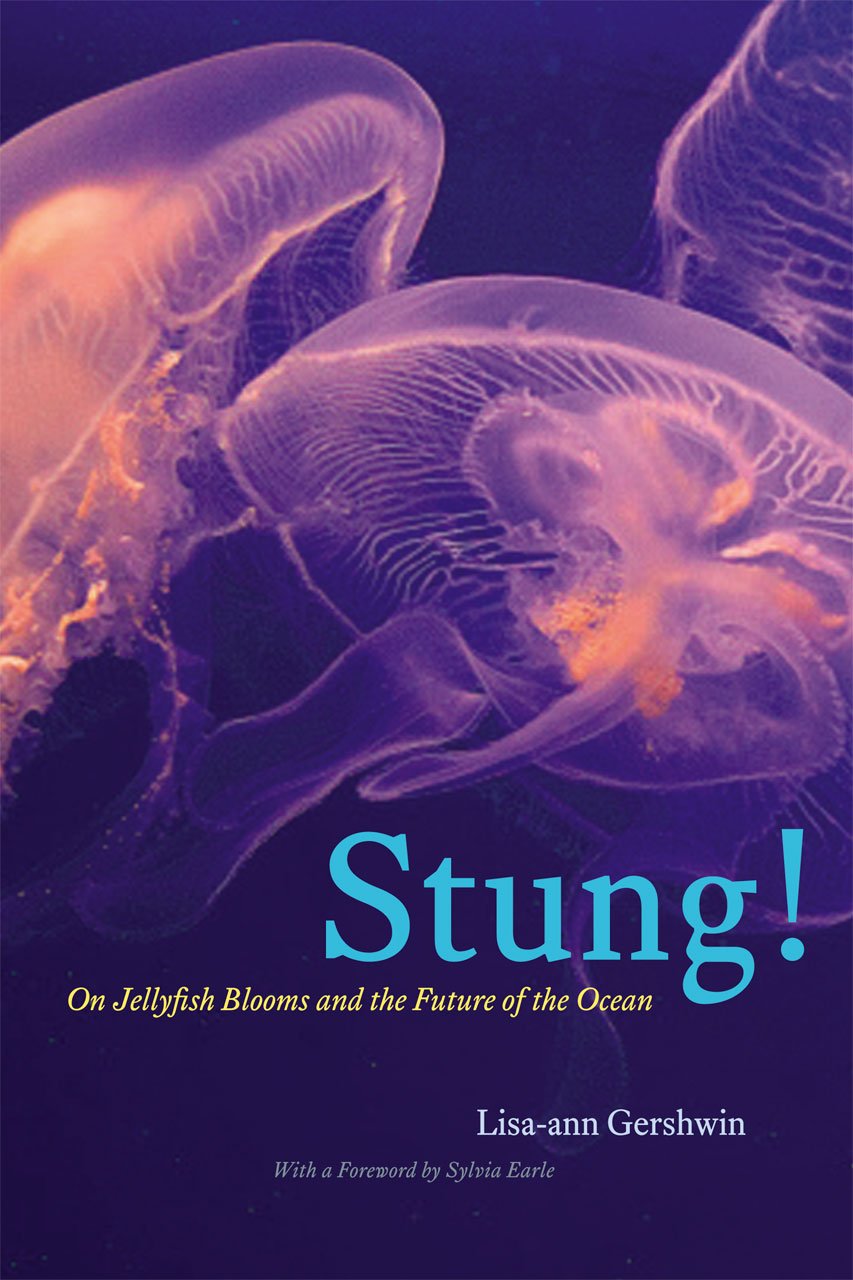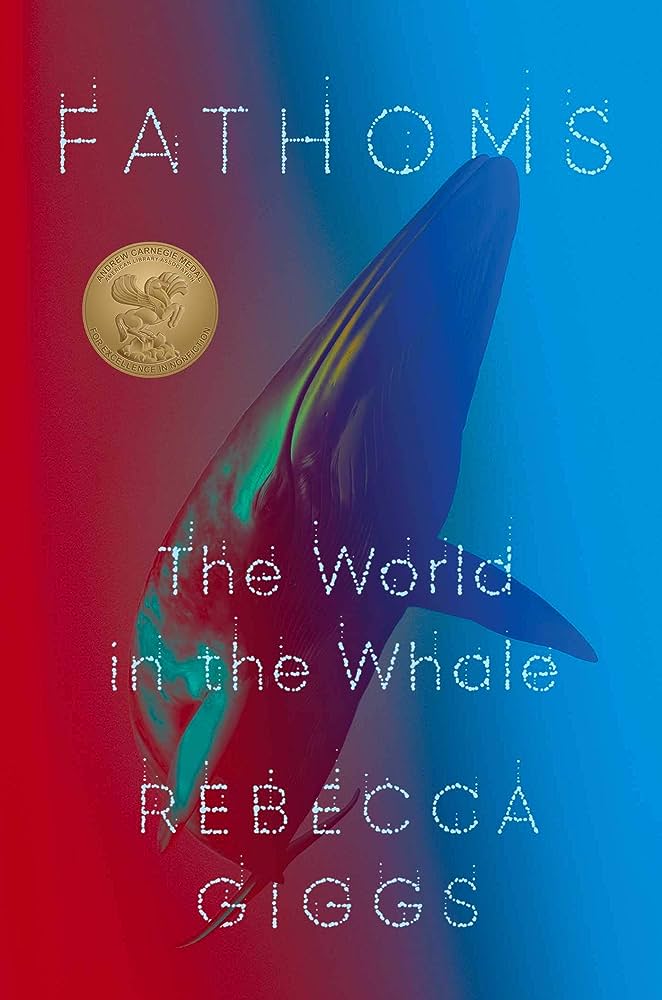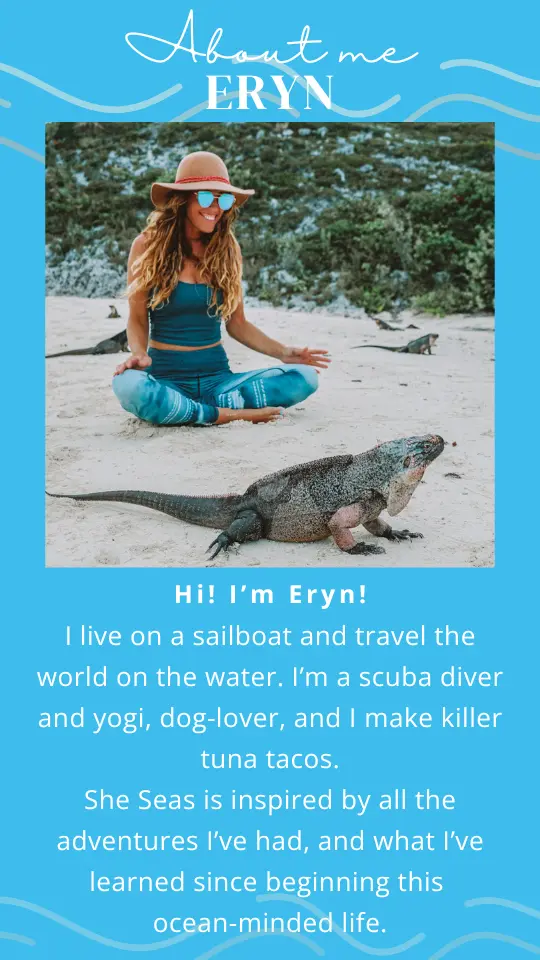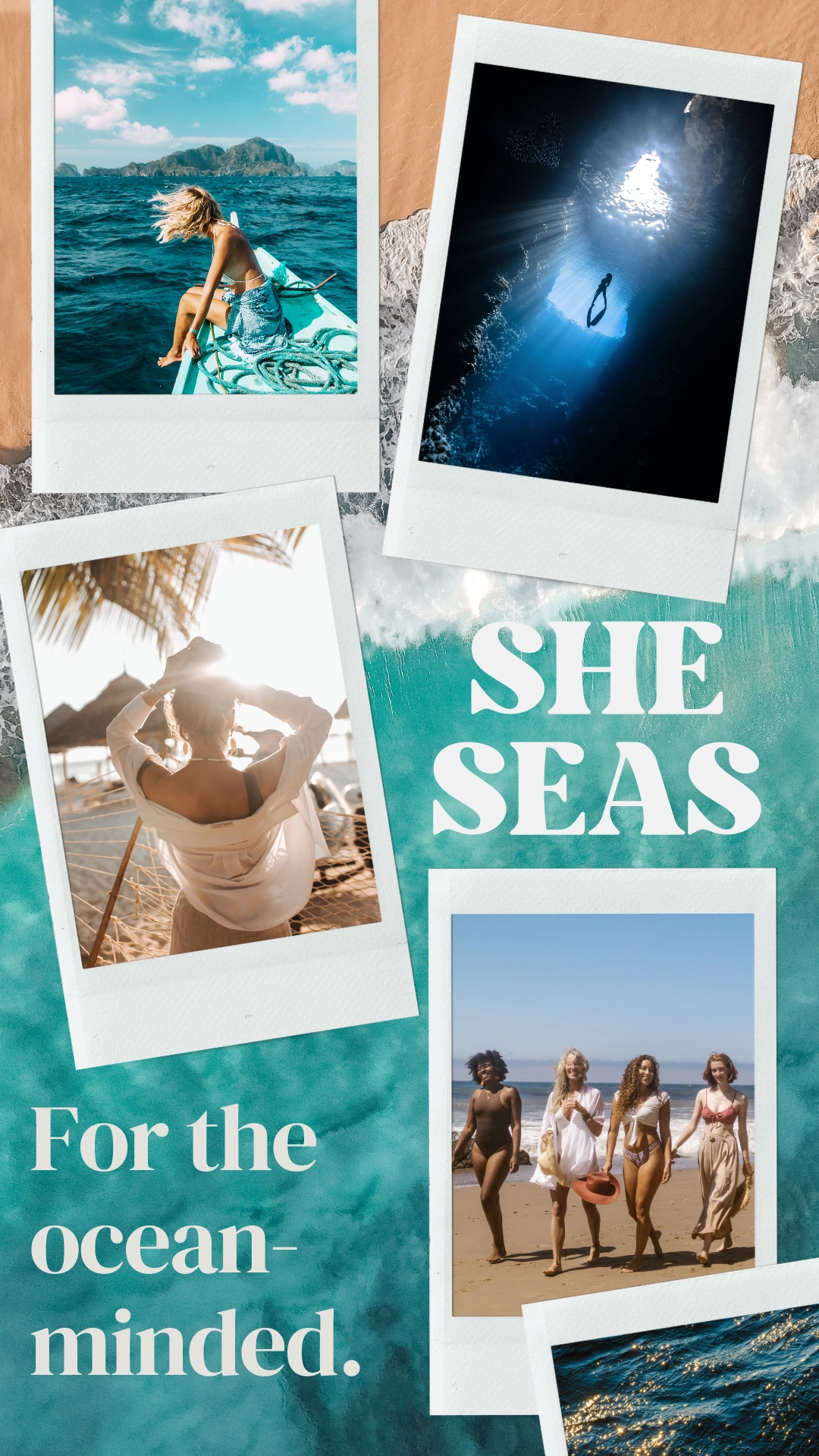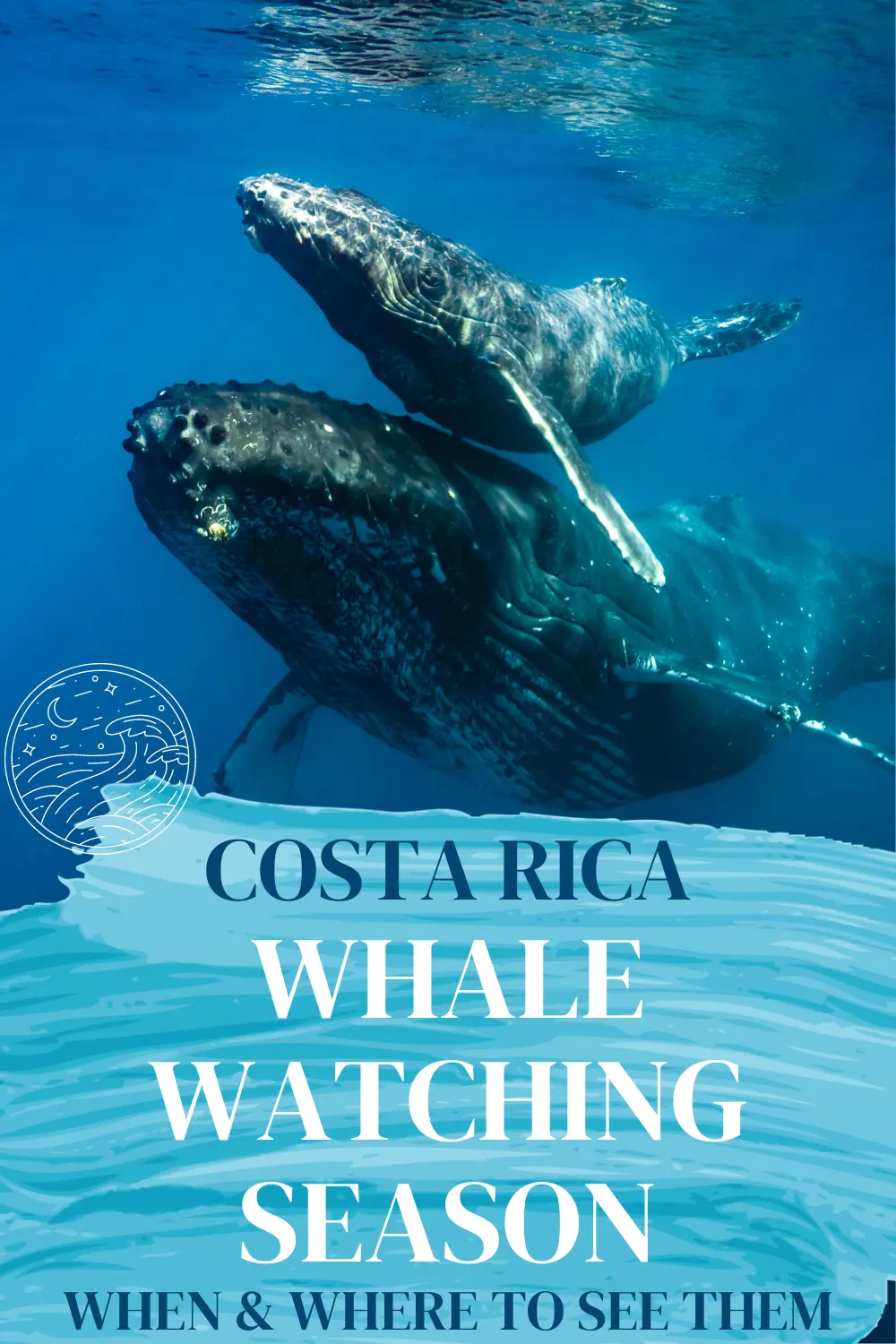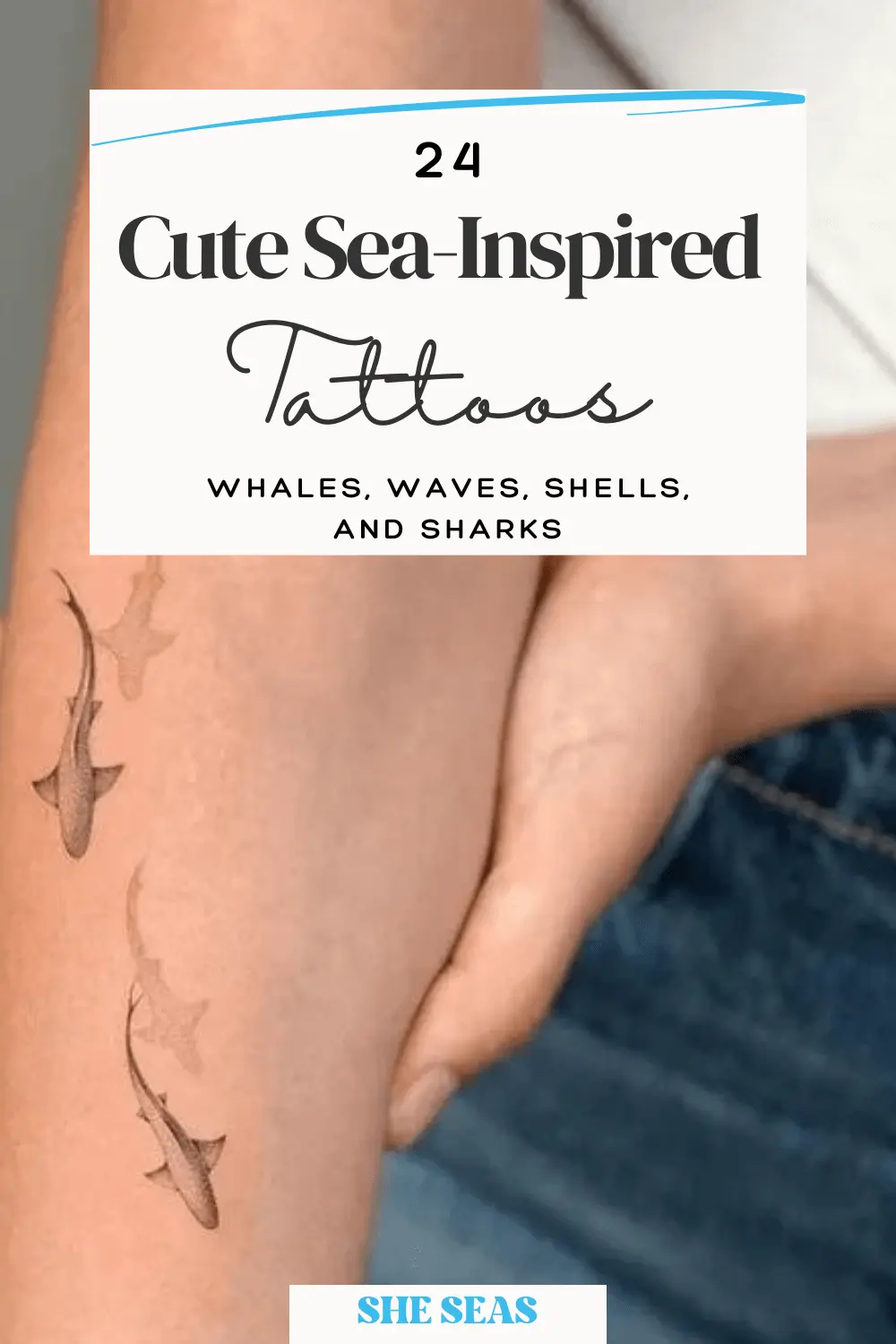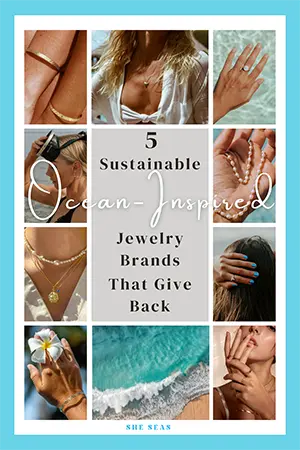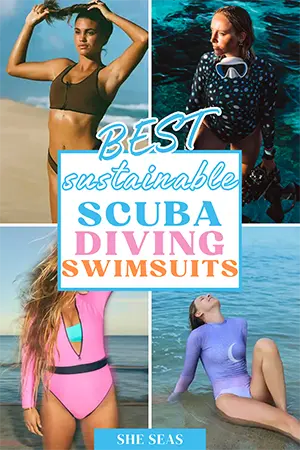5 Nonfiction Ocean Books (by Female Authors!) to Add to Your Shelf
Introduction
To grasp the sheer scale of the ocean, consider this: if you were to stack Mount Everest, the highest point on Earth, within the Mariana Trench, the deepest part of the ocean, there would still be more than a mile of water above it.
Beyond its physical dimensions, the ocean is also teeming with life in forms as diverse as the colors of a vibrant coral reef. Countless species, from microscopic plankton to majestic whales, call the ocean home. Each ecosystem within its depths is delicately interconnected, creating a complex web of life that continues to astound scientists and nature enthusiasts alike.
May contain some teeny affiliate links that help us out.
These books dive into the depths and complexities of this captivating realm.
What You Should Know About Sharks
By: Ocean Ramsey
Ocean Ramsey is a brilliant marine conservationist with a focus on shark protection and education. You may have seen photos or videos of her on Instagram or Tiktok without even realizing it (hint: she has a long blonde ponytail and a penchant for swimming with great whites).
She and her husband Juan Oliphant founded One Ocean Diving as an immersive conservation program and supportive research platform. Together with a team of specially trained biologists, they offer dives with sharks off the coast of Hawaii to better educate the world about sharks and help remove the social and media constructed fear around these creatures.
Don’t worry if you can’t make it to Hawaii anytime soon though, you can learn all about shark behaviour through her book: What You Should Know About Sharks. Read never before published information on shark language and what to do to avoid, deter, or interact with sharks. This book is a practical guide for any ocean goer should you encounter a shark or wish to increase or decrease your chances of such an experience.
Find it on Amazon or One Ocean.
Spirals in Time: The Secret Life and Curious Afterlife of Seashells
By: Helen Scales
Seashells, stretching from the deep past into the present day, are touchstones leading into fascinating realms of the natural world and cutting-edge science. Members of the phylum Mollusca are among the most ancient animals on the planet. Their shells provide homes for other animals, and across the ages, people have used shells not only as trinkets but also as a form of money, and as powerful symbols of sex and death, prestige and war.
The science and natural history of shells are woven into a compelling narrative, revealing their cultural importance and the ways they have been used by humans over the millennia. Marine biologist Helen Scales shows how seashells have been sculpted by the fundamental rules of mathematics and evolution; how they gave us color, gems, food, and new medicines.
After surviving multiple mass extinctions millions of years ago, molluscs and their shells still face an onslaught of anthropogenic challenges, including climate change and corrosive oceans. But rather than dwelling on all that is lost, Scales emphasizes that seashells offer an accessible way to reconnect people with nature, helping to bridge the gap between ourselves and the living world.
Find it on Amazon
Blue Hope: Exploring and Caring for Earth’s Magnificent Ocean
By: Dr. Sylvia Earle
If you don’t know her name, you may use her formal title: Her Deepness. Sylvia Earle is President and Chairman of Mission Blue and The Sylvia Earle Alliance. She is a National Geographic Society Explorer in Residence, titled a Living Legend by the Library of Congress, and first Hero for the Planet by Time Magazine.
Basically she’s it.
Although she has authored over 15 books about the sea and its inhabitants (not including children’s books) we recommend starting with Blue Hope to learn more about her life’s work and her current projects: creating what she calls “Hope Spots” which are specific places in the ocean that are unique in their complexity, importance to life, and their biodiversity. Like rainforests for the ocean. Blue Hope, published by National Geographic, is an incredible coffee table book filled with thought-provoking quotes, inspirational information, and breathtaking photography.
Get it on Amazon.
Stung! On Jellyfish Blooms and the Future of the Ocean
By Lisa-ann Gershwin
As foremost jellyfish expert Lisa-ann Gershwin describes in Stung!, the jellyfish population bloom is highly indicative of the tragic state of the world’s ocean waters, while also revealing the incredible tenacity of these remarkable creatures.
Despite their often dazzling appearance, jellyfish are simple creatures with simple needs: namely, fewer predators and competitors, warmer waters to encourage rapid growth, and more places for their larvae to settle and grow. In general, oceans that are less favorable to fish are more favorable to jellyfish, and these are the very conditions that we are creating through mechanized trawling, habitat degradation, coastal construction, pollution, and climate change. Despite their role as harbingers of marine destruction, jellyfish are truly enthralling creatures in their own right, and in Stung!, Gershwin tells stories of jellyfish both attractive and deadly while illuminating many interesting and unusual facts about their behaviors and environmental adaptations.
This is an important book for anyone interested in not only jellyfish but the delicate balance of marine life and how climate change is affecting our oceans right now.
Get it on Amazon.
Fathoms: The World in the Whale
By: Rebecca Giggs
A “delving, haunted, and poetic debut” (The New York Times Book Review) about the awe-inspiring lives of whales, revealing what they can teach us about ourselves, our planet, and our relationship with other species.
When writer Rebecca Giggs encountered a humpback whale stranded on her local beachfront in Australia, she began to wonder how the lives of whales reflect the condition of our oceans. How do whales experience ecological change? How has whale culture been both understood and changed by human technology? What can observing whales teach us about the complexity, splendor, and fragility of life on earth?
In Fathoms, we learn about whales so rare they have never been named, whale songs that sweep across hemispheres in annual waves of popularity, and whales that have modified the chemical composition of our planet’s atmosphere. We travel to Japan to board the ships that hunt whales and delve into the deepest seas to discover how plastic pollution pervades our earth’s undersea environment.
Get it on Amazon.
